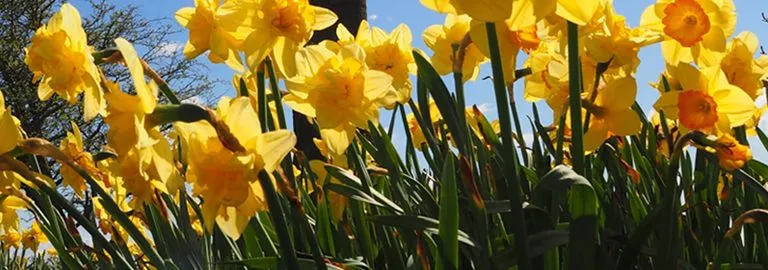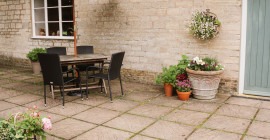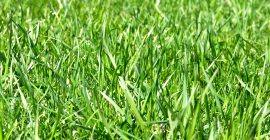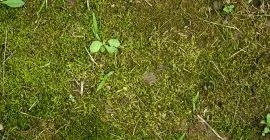March is the month when spring finally arrives, and we can start some new gardening jobs. Sunny and longer days bring a range of gardening tasks that can be completed this month. Flowers such as daffodils and crocuses burst into flower, thus bringing colour and fragrance into gardens. Temperatures in March are also on the rise, reaching 15ºC. However, the nights tend to still be chilly, so don’t put tender plants outdoors just yet.
March Gardening Jobs Essential Checklist
- Plant summer-flowering bulbs
- Clean your patio
- Repot houseplants
- Prune and feed roses
- Sow hardy annuals outdoors (weather permitting)
- Start to sow your vegetables in prepared beds outdoors
- Sow your herbs
- Plant potatoes (earlies)
- Cut back perennials and grasses that were left over from winter
- Prune gooseberries
Plant summer-flowering bulbs
Summer bulbs such as tulips, dahlias, lilies, and gladioli can now be planted. When picking your bulbs, ensure that they feel firm to the touch and don’t show any signs of mold. The bulbs can be planted where you want them to flower, but they hate to be wet, so good drainage is essential. Add a handful of grit at the bottom of the planting hole to improve drainage. For the best results, plant your bulbs in Westland Bulb Planting & Potting Mix, which provides the perfect balance of nutrients and drainage to support strong, healthy growth. We recommend using a Kent & Stowe Hand Bulb Planter – its lightweight yet durable carbon steel head and ash handle make planting easy and comfortable.

Clean your patio
March is the perfect time to refresh your patio and get it ready for spring. Over winter, dirt, algae, and moss can build up, making surfaces slippery and dull. Resolva Xtra Clean Ready To Use Patio Power is an easy and effective solution for restoring your patio, removing green algae, mould and black spots and protecting your patio, garden furniture, outdoor toys and more for up to 9 months.
Simply apply, leave to work, and watch as your patio is transformed with minimal effort. Once dried, pets are also safe to use the area. For best results, use on a dry day and allow time for the solution to penetrate. A clean patio not only looks great but also creates a safer, more inviting outdoor space for the months ahead.
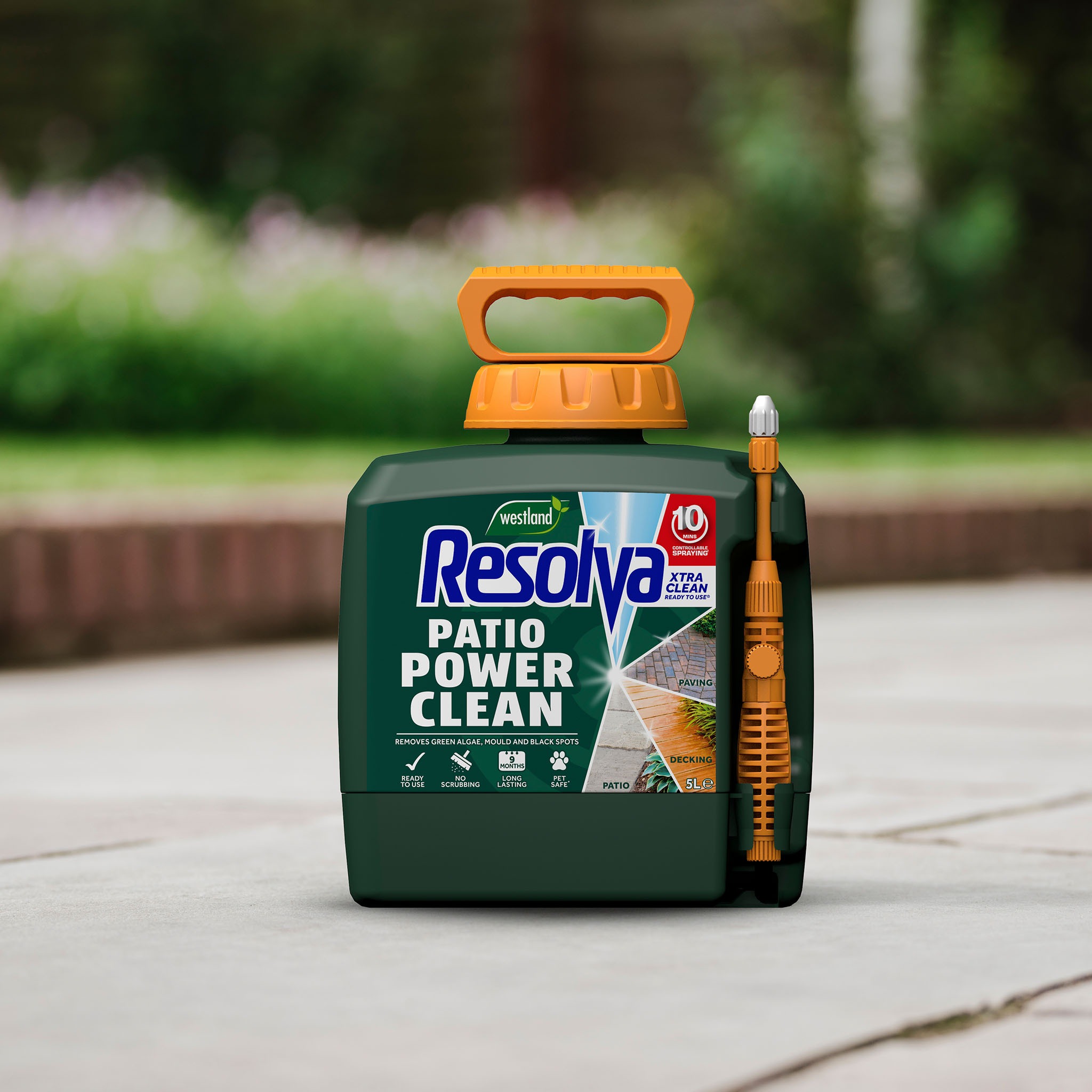
Repot houseplants
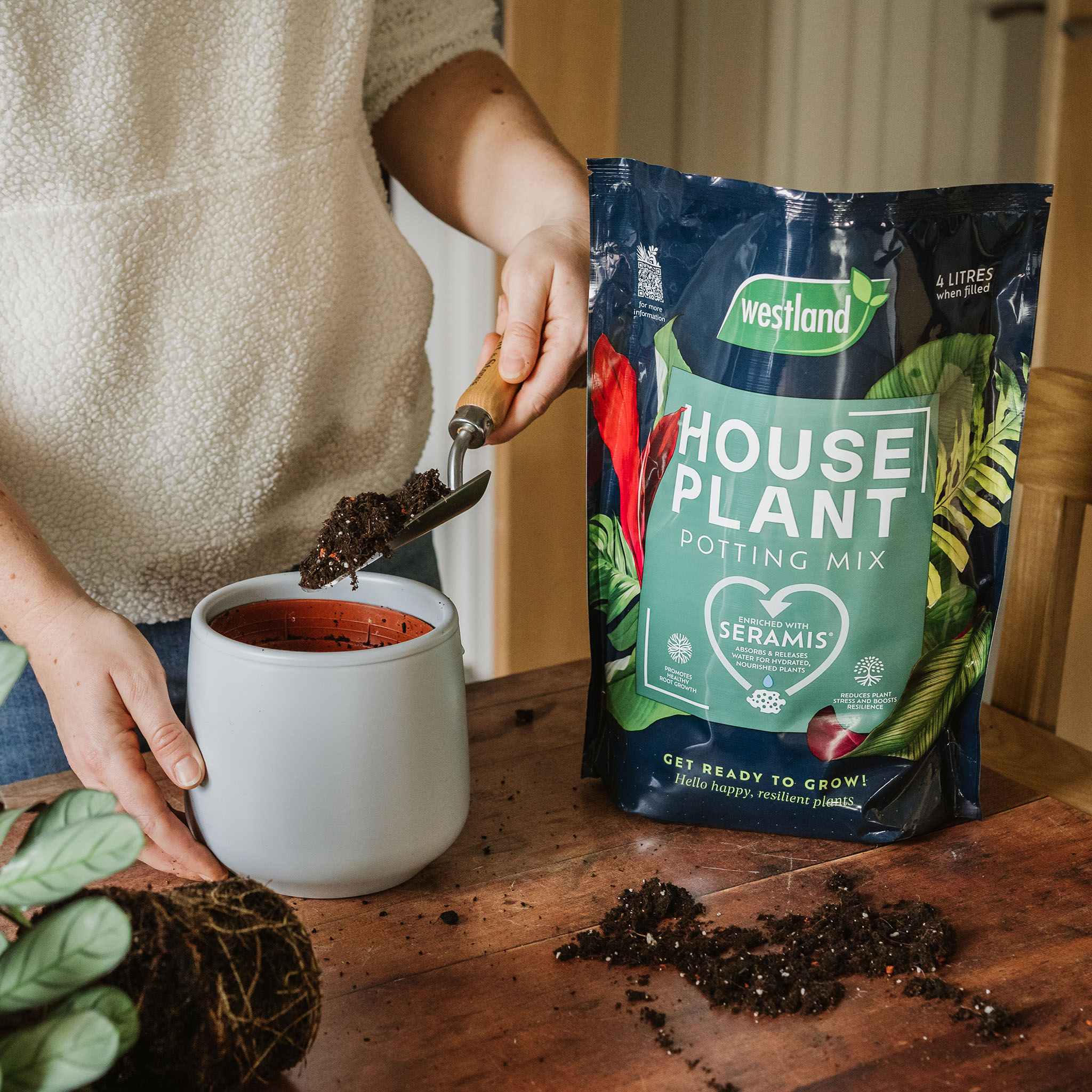
Prune and feed roses
Now is the time to cut back any rose bushes and hedges. Prune rose bushes when the first growth is beginning, this will encourage new growth again for the new season. It also gives the rose bush an attractive shape and good structure. Use a pruning knife or secateurs to delicately cut stems without causing damage. Pruning roses should remove all crossing, damaged, and dead wood. The main stems should be pruned to an outward-facing bud around 15-20cm from ground level. Any climbing plants should have their side-shoots cut back to 3 or 4 buds. After the pruning, it is advisable to feed the roses with a specialist rose food such as Westland Rose High Performance Plant Food.
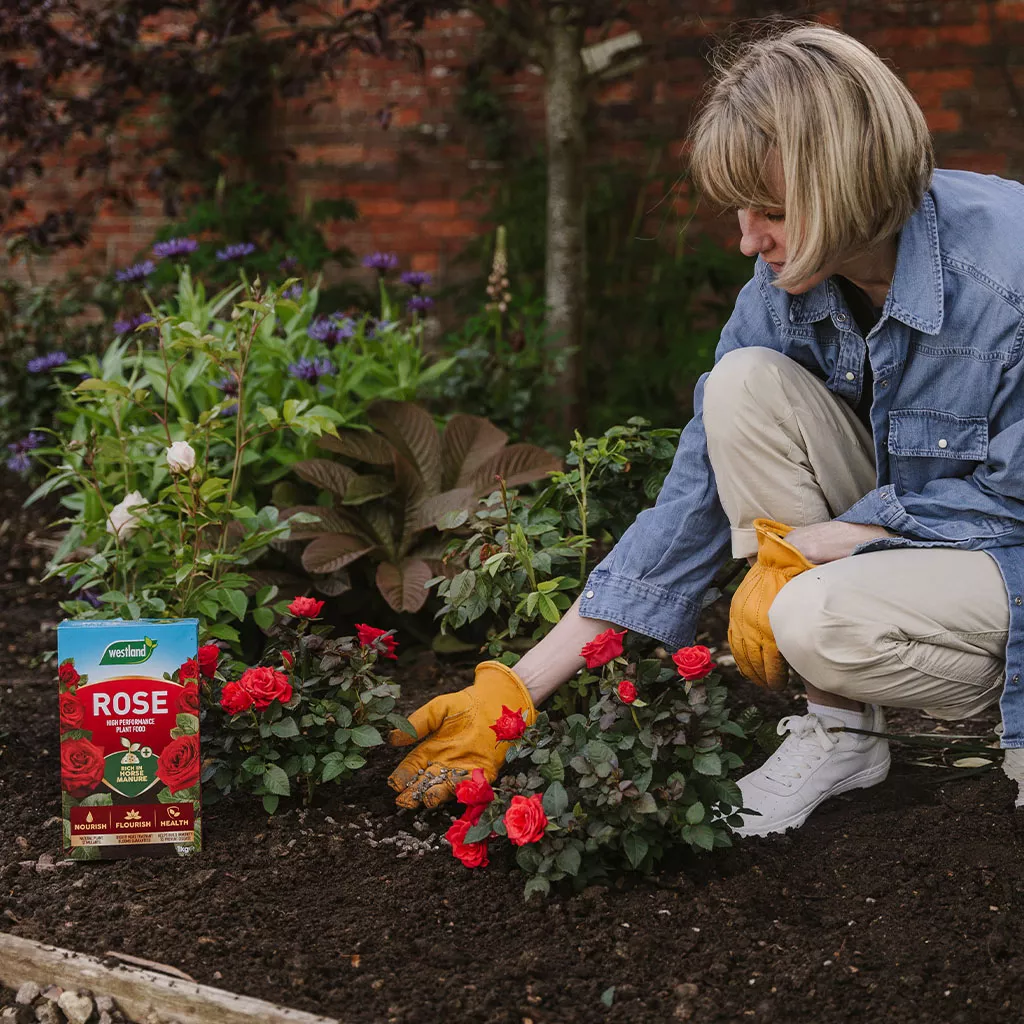
Sow hardy annuals outdoors (weather permitting)
Once the weather has become milder, hardy annuals such as Love-in-a-mist can be sown. Remove any weeds and stones from the sowing area and rake until the soil is fine. It is a good idea to sow the seeds in short straight lines to help you distinguish between seedlings and weeds. If the soil is dry, water before sowing.
Cut back perennials and grasses that were left over from winter
If any perennials were not cut back in the winter, now is the time to do it. This is to make way for the green shoots. Cut back to ground level but be careful not to damage the new growth. The dead foliage can be added to your compost heap. Any overgrown clumps of perennials can be divided. Perennials will also need dividing once a plant becomes woody or dies back at the center. To divide the plant, dig it up and split it up into several pieces using a perennial spade. After pruning and dividing, then it’s time to feed established plants with an all-round plant food. After feeding, mulch your borders with homemade compost. Always apply mulch over moist soil, ideally after it has rained.
Kitchen Garden
Sow your vegetables in prepared beds outdoors
After the long wait, it is finally time to get going with sowing seeds. Lettuce, salad leaves, radish, turnips, beetroots, salad onions and broad beans can all be sown. Start by sowing in any soil that you previously warmed with cloches or fleece. Water before sowing as this will prevent tiny seeds being washed away. Ideally you should try to sow short rows every 10 to 14 days – this will ensure you have a succession of vegetables rather than a huge crop ready all at the same time.
Sow your herbs
If you want to grow some herbs, March is the time to start sowing the seeds. Hardy herbs such as parsley, chervil and chives are good ones to start with. Herbs can either be sown in the ground or small pots. Parsley is known for being tricky to germinate. However, the following method is very reliable:
- Fill a small, shallow pot or tray with Gro-Sure Perlite. Water and allow to drain, then sprinkle parsley seeds over the surface and cover with a thin layer of perlite. Keep covered with cling film in a warm place. The seeds should germinate within two weeks.
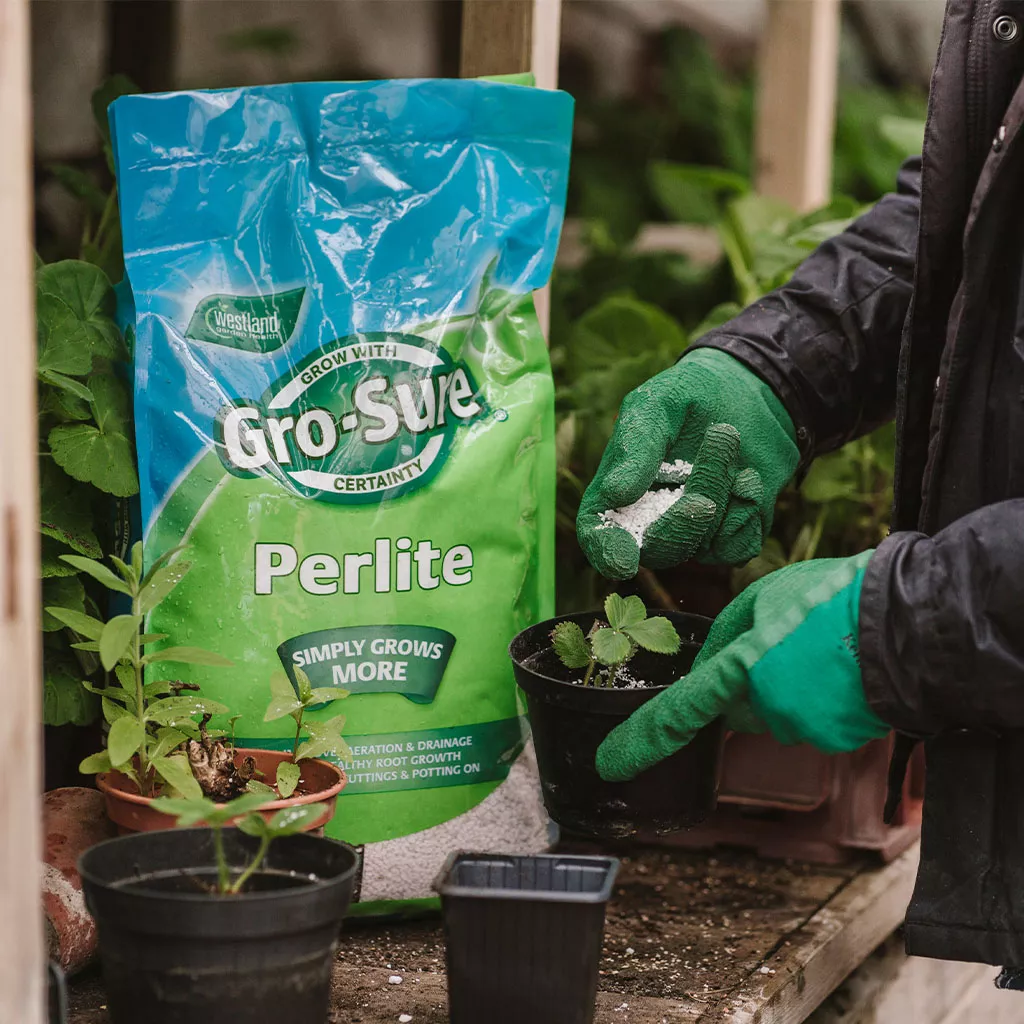
Plant potatoes (earlies)
Towards the end of the month early potatoes, such as ‘Accent’ and ‘Red Duke of York’ can be planted. The potatoes can be grown in the ground by digging a 12cm (5 inches) deep trench with some Farmyard Manure forked in. Plant the tubers about 30cm (12 inches) apart with 45cm (18 inches) between rows and cover with soil.
Potatoes can also be grown in raised beds or even large containers if you don’t have a lot of space. They need a minimum depth and width of 30cm (12 inches). Half fill the bed/container with Multi-Purpose Compost, then plant the potatoes and cover leaving some space at the top.
Remember to check your soil temperature with a Gardman Soil Thermometer before you start to plant directly into the soil. Alternatively, you can use a Potato Planter Bag. We highly recommend our New Horizon All Vegetable Compost which can also double up as a potato planter.
Prune gooseberries
Pruning gooseberries is important to keep your plant in shape and help avoid problems with mildew by allowing air to circulate more easily. Side-shoots should be cut back to a bud about 8cm (3 inches) from their base. Prune the tips of the branches back to within 3 or 4 buds of the new growth. After pruning, feed and mulch your plants and they will be ready for the summer.
Lawn Care
Grass will start to grow more, and therefore it will need a light trim (remove one-third of the height) probably once a week. If you didn’t remove moss and dead grass (thatch) in the autumn, they will need removing now with a scarifying rake and lawn treatment. Watch our video below to find out how to deal with lawn weeds and moss.
New turf can be put down in March. Before the turf is laid, it is advisable to apply a good general feed such as Growmore, around 4-5 days before laying the turf. If there is no rain, water in well.
Spring has normally sprung by mid-march and as the days are getting longer, it is therefore time to begin some important gardening jobs. It’s the time of year to protect new plants from slugs and snails, plant summer bulbs and early potatoes, as well as prune bushes and roses.
Slugs
With the temperature rising and as new growth and seedlings emerge, this will attract more and more slugs, leaving your plants at risk. Gardman Copper Slug Tape is the ideal non-chemical solution for protecting potted plants from slugs. It deters slugs and snails with a small electrical charge, therefore saving your newly grown plants.
You can also use Growing Success Organic Slug Stop Barrier Pellets which guarantees results. These pellets provide an effective barrier against slugs and snails and protect your precious plants and crops from damage. They are also safe to use around children, pets and wildlife.
Another way to reduce the risk of slugs munching at your greens is to rake over the soil and fallen leaves with a leaf rake. Refreshing the soil and removing leaves will allow birds to eat the slug eggs left on the surface.
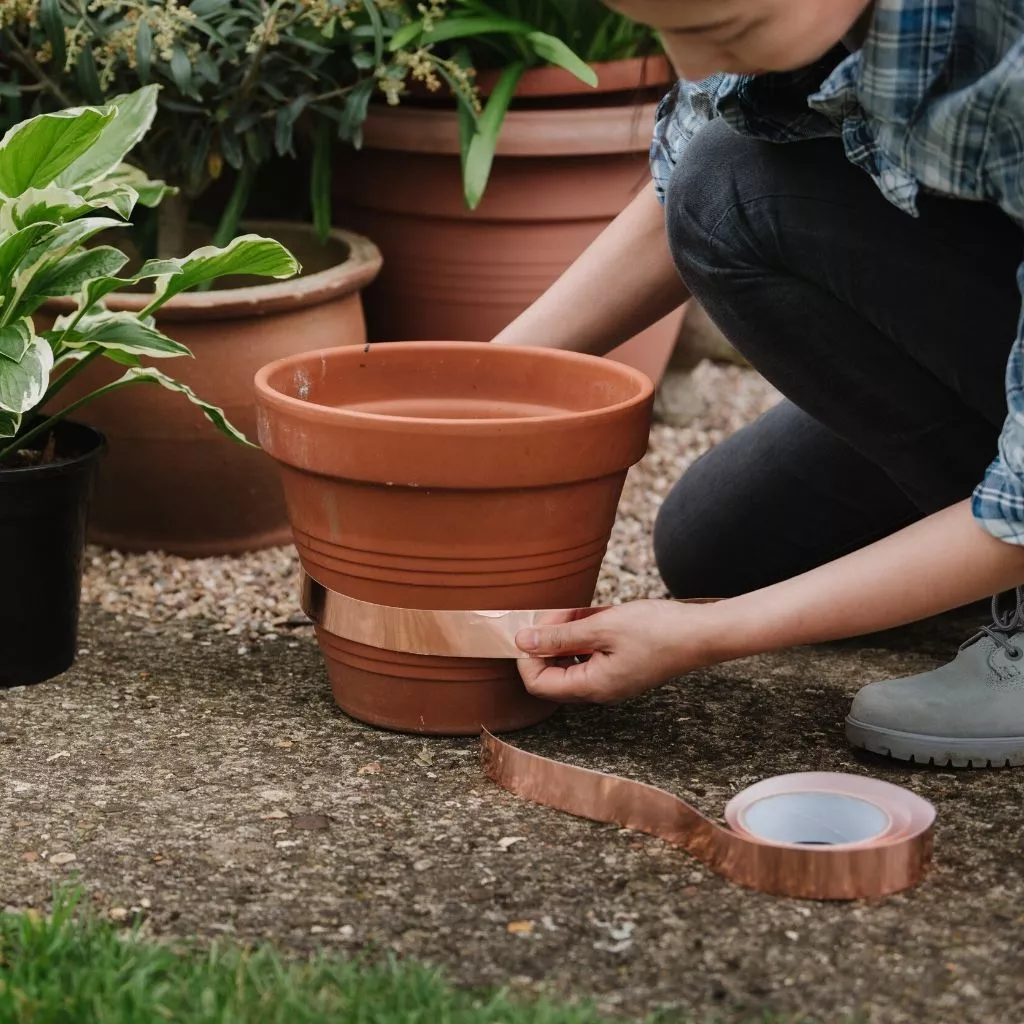
Other gardening jobs to carry out in March include;
- Mowing the lawn on dry days
- Build or buy a compost bin ready to recycle the coming season’s garden waste. Find out more on how to home compost.
- Tidy up garden borders by removing weeds with an Oscillating Hoe, then mulch with compost

